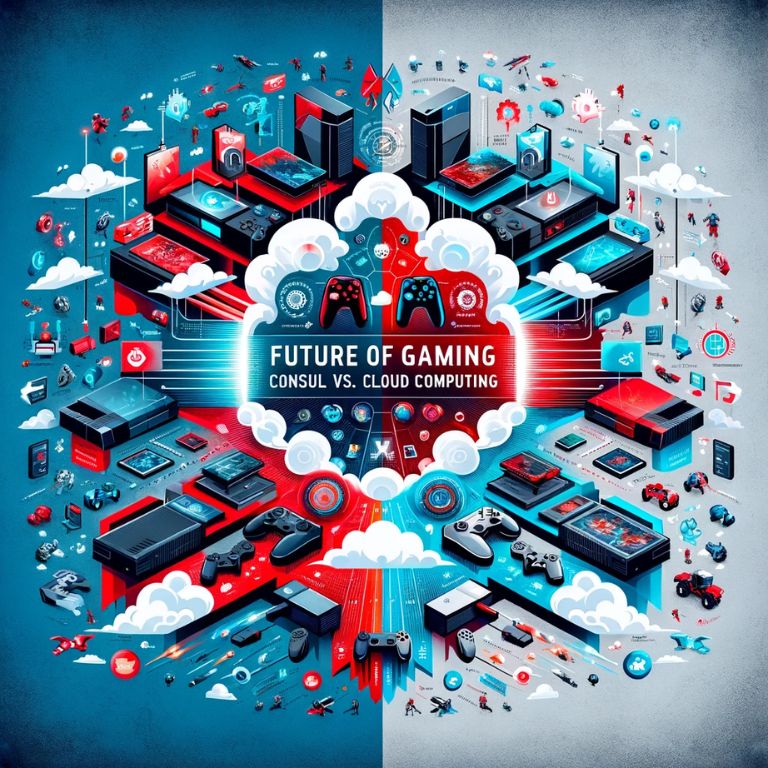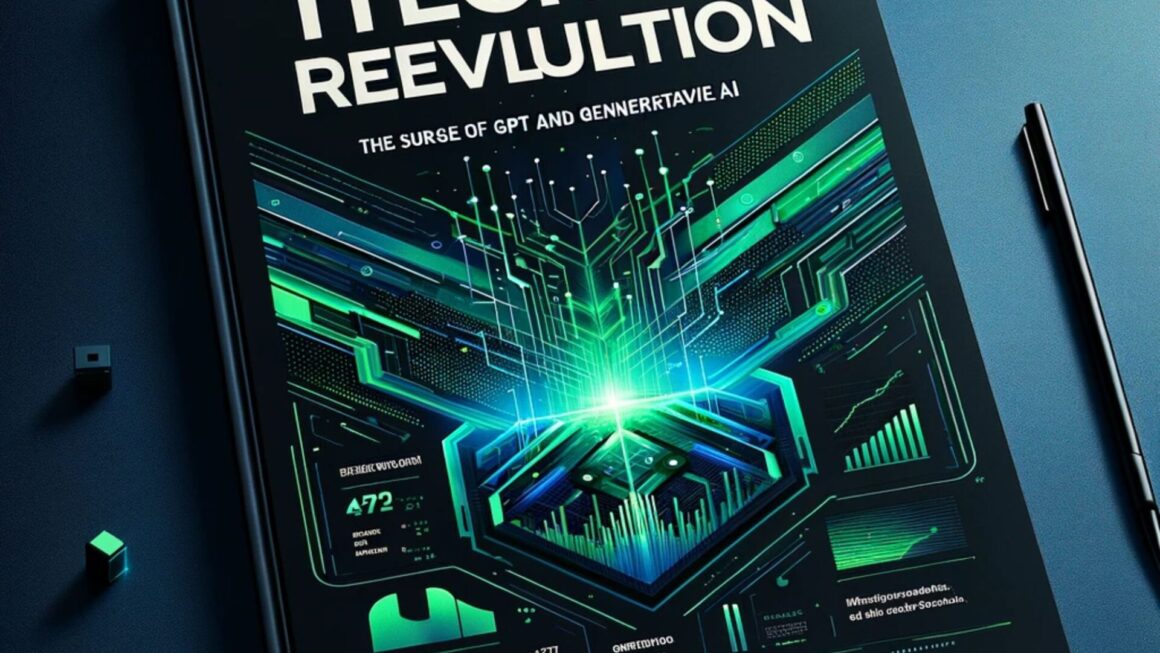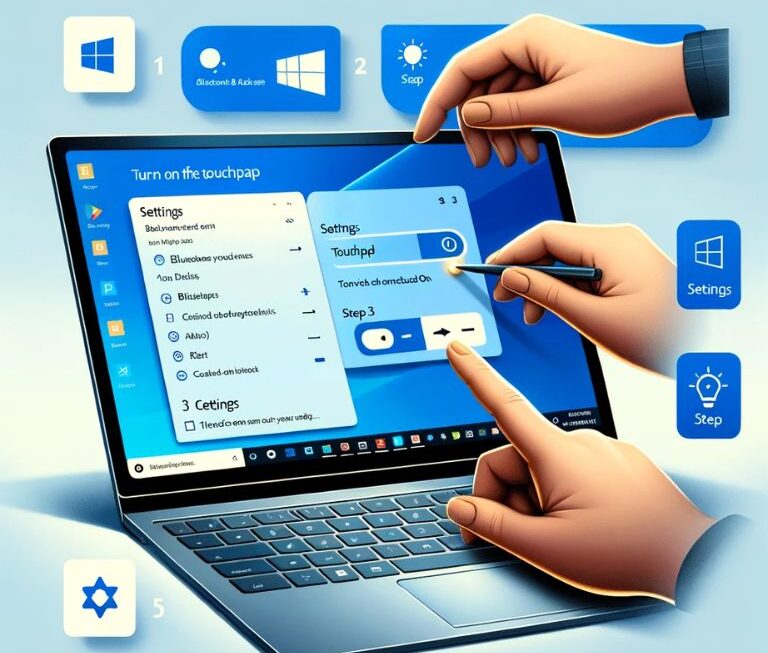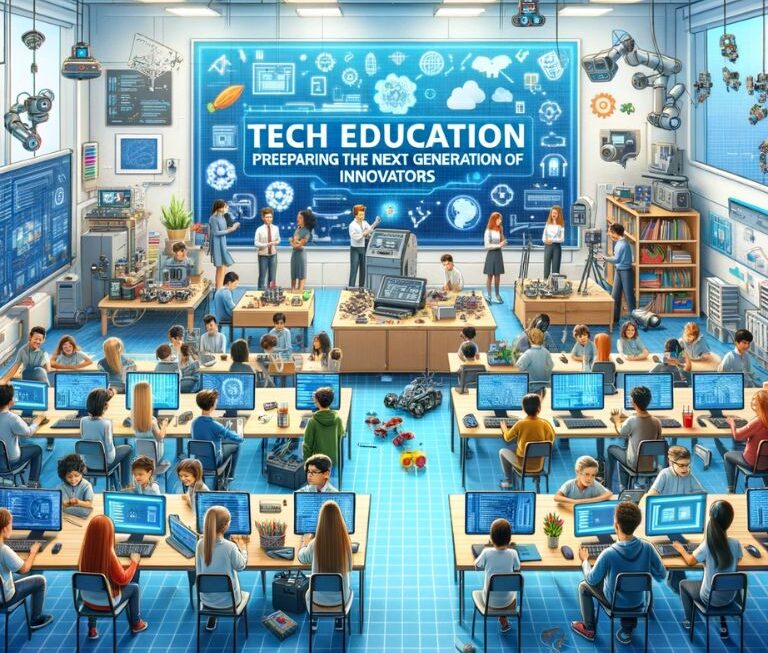In the ever-evolving realm of digital entertainment, the gaming industry stands prominently, marked by the parallel growth of traditional console gaming and the innovative cloud computing approach. Console gaming, a staple of digital entertainment, offers a tangible, ownership-based experience. Renowned companies like Nintendo, Sony, and Microsoft continually enhance their consoles with advanced graphics and diverse game access methods. This path emphasizes physical media and offline play capabilities, catering to a specific, immersive gaming experience.
Contrastingly, cloud gaming introduces a transformative concept, akin to streaming services in the movie industry. Pioneered by giants like Google, Microsoft, and NVIDIA, it eliminates the need for high-end hardware, instead streaming games from remote servers. This model offers unprecedented flexibility and accessibility, allowing seamless gameplay across multiple devices. As these two distinct gaming paths coexist, they collectively shape the future of gaming, not in competition, but in complementary evolution, offering diverse experiences to gamers worldwide.
Console Gaming: Traditional Play in a Modern World
In 2023, the console gaming industry continues to innovate while honoring its rich heritage. Key developments include the introduction of versatile consoles like the Legion Go and Steam Deck OLED, along with the nostalgic Atari 2600+, which revives the classic gaming experience with its ability to play original cartridges. These varied offerings highlight the industry’s commitment to both technological advancement and the celebration of gaming history.
A significant highlight in this evolution is the PlayStation Access Controller. This pioneering device, designed for accessibility, offers customizable gameplay experiences, showcasing the industry’s dedication to inclusivity. These advancements are not just about pushing technological boundaries but also ensuring gaming is accessible and enjoyable for a diverse audience, recognizing gaming as a medium that transcends physical abilities and generational preferences.
Cloud Computing: The New Frontier of Gaming
In 2023, cloud gaming solidifies its position as a transformative force in the gaming industry. It revolutionizes the way games are accessed and played, offering on-demand streaming from remote servers. This shift is exemplified by platforms like Google Stadia, Microsoft xCloud, and NVIDIA GeForce Now, which facilitate seamless gaming across multiple devices. The integration of Amazon Luna with Twitch highlights this trend’s potential for flexibility and inclusivity, allowing users to play and stream games effortlessly.
Further propelled by advancements in internet infrastructure, cloud gaming is poised to become increasingly mainstream. This development represents a paradigm shift in the gaming experience, characterized by convenience, accessibility, and the ability to explore expansive gaming worlds without the constraints of traditional hardware.
Comparing Paths: The Pros and Cons of Each Approach
As we juxtapose console and cloud gaming, it becomes evident that each offers distinct advantages and challenges. Console gaming, with its traditional model, provides a sense of ownership and permanence. Gamers who purchase physical discs or cartridges retain access to these games indefinitely, with many being playable offline. This aspect is particularly beneficial in regions with spotty internet or data caps. However, the cost of entry into console gaming can be significant, with the expense of the console itself and individual game purchases.
Cloud gaming, on the other hand, represents a paradigm of convenience and flexibility. It eliminates the need for game installations and updates, offering an experience that is instantly accessible across multiple devices. This model’s performance is not dependent on the user’s hardware but is limited by their internet connection quality. While cloud gaming offers ease of access and the ability to play on various devices, it also raises concerns about game ownership and reliance on continuous internet service. Losing access to the cloud service means losing access to purchased games, and slow or interrupted internet connections can significantly degrade the gaming experience.
Conclusion
In conclusion, the future of gaming is shaped by the coexistence and unique strengths of console and cloud gaming. While console gaming continues to offer a traditional, ownership-centric experience with the reliability of offline access, cloud gaming breaks new ground with its unparalleled convenience, flexibility, and accessibility across multiple devices. As the gaming industry evolves, these two paths will likely continue to develop in parallel, each addressing different gamer needs and preferences, thereby enriching the overall landscape of digital gaming. The choice between console and cloud gaming ultimately hinges on individual priorities, be it the tangibility of ownership or the ease of streaming.




